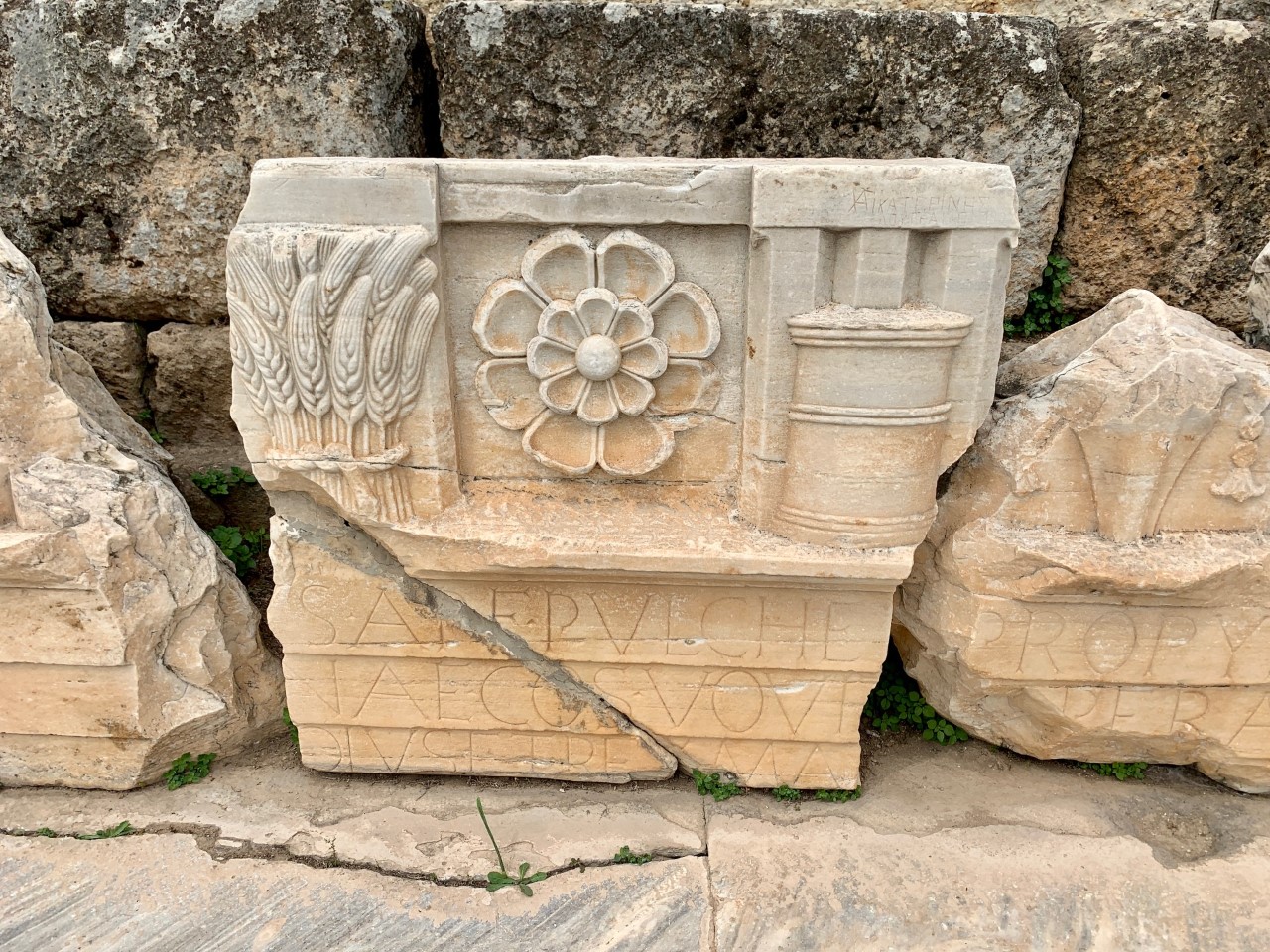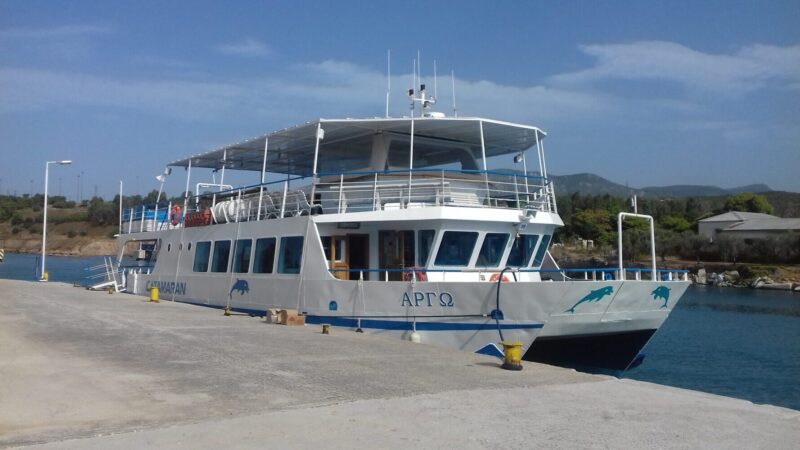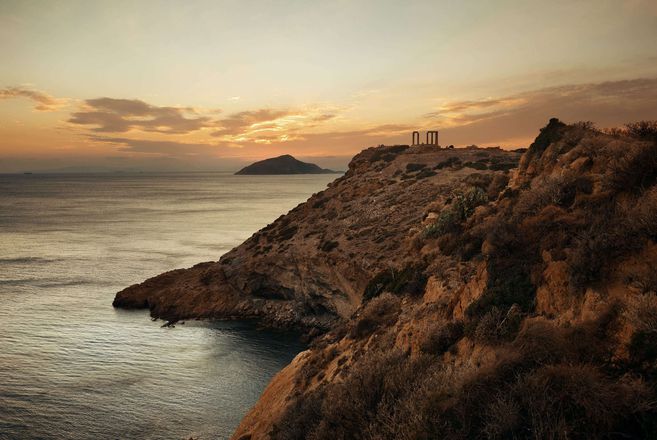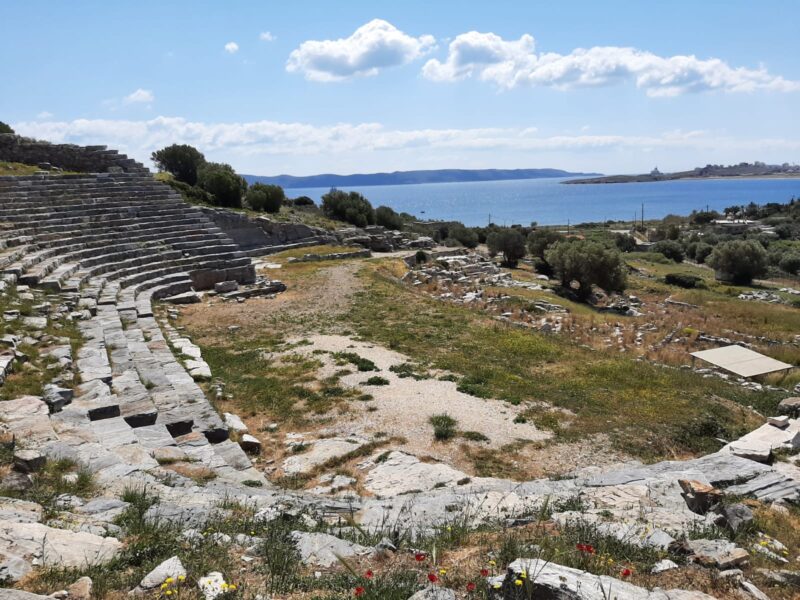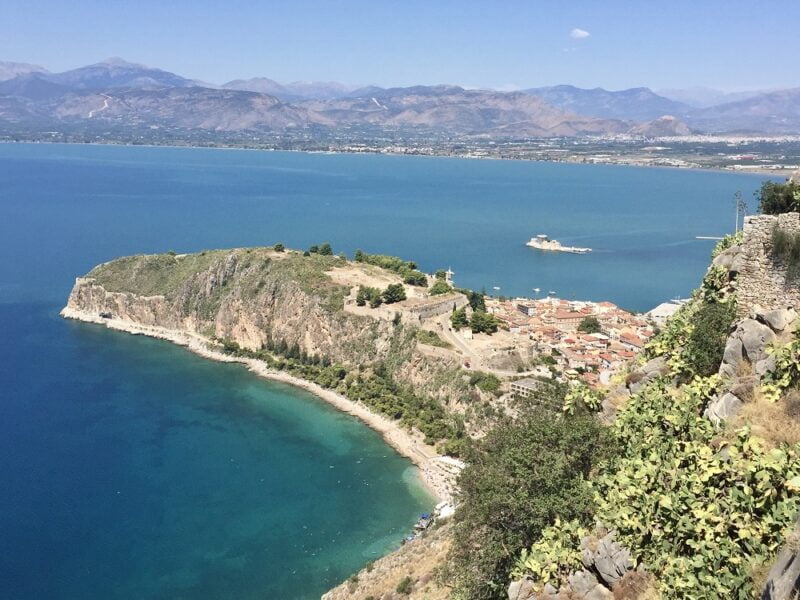Located some 20 km west of Athens, the archaeological site of Elefsina (Eleusis in Greek) was an important place of worship in ancient times. It was here that the famous Elefsina Mysteries were held, initiation festivals that attracted pilgrims from all over the Greek world.
The site of Elefsina is closely linked to the cult of the goddess Demeter and her daughter Persephone.
While this archaeological site and its museum are interesting, the small modern town of Eleusis is of no interest and not worth a visit.
A visit to the archaeological site of Elefsina (Eleusis) can make a great half-day excursion around Athens, for those who have already explored the Greek capital and other nearby sites of interest. It can also be a stopover on the road to Corinth.
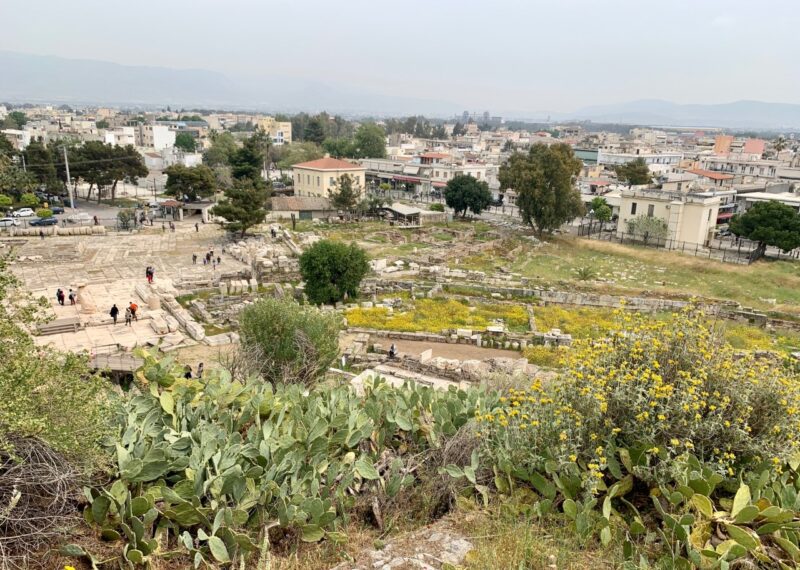
Eleusis, all the faces of Greece
In all of Greece, there is no place more revealing – because more demythologizing – than Eleusis. This is where a true journey to Greece should begin, as all the centuries come together in a disconcerting juxtaposition: ancient centuries with the still visible ruins of the telterion; the Hall of Mysteries; Byzantine centuries with the small chapel next to the temple of Demeter; and the 20th century with factories and military arsenals. Eleusis is a polluted mirror in which all the faces of Greece are reflected, a collection of heterogeneous yet inseparable images.
Jacques Lacarrière – Dictionary of Greek Lovers
The cult of Demeter and Persephone
The site of Eleusis is closely linked to the cult of Demeter, who went to find her daughter Persephone, who had been kidnapped by Hades, god of the realm of the dead. And the mysteries celebrated Persephone’s return to earth, six months a year.
This myth of Demeter and Persephone evokes the cycle of nature and the seasons. More broadly, it refers to notions of life, death and rebirth.
The Mysteries of Eleusis
The Mysteries of Eleusis are initiation festivals that began to take place around 1,500 BC and were celebrated for over 2,000 years.
During the Eleusis Mysteries, anyone could become an initiate (a myste). To do so, however, you had to be neither a barbarian nor a murderer. Initiates were then required to keep the secret of their initiation.
These mysteries took place in autumn and lasted nine days. They remain highly mysterious, and even today we know very little about them. Processions and sacrifices were organized. The procession started from the Keramikos in Athens and followed the sacred road for some twenty kilometers, ending at Eleusis. As for the rest, historians can’t say much more, as they don’t have any sufficiently precise records.
The particularity of the Eleusis mysteries lies in the fact that this cult was both mixed and egalitarian: it was open not only to women, but also to slaves.
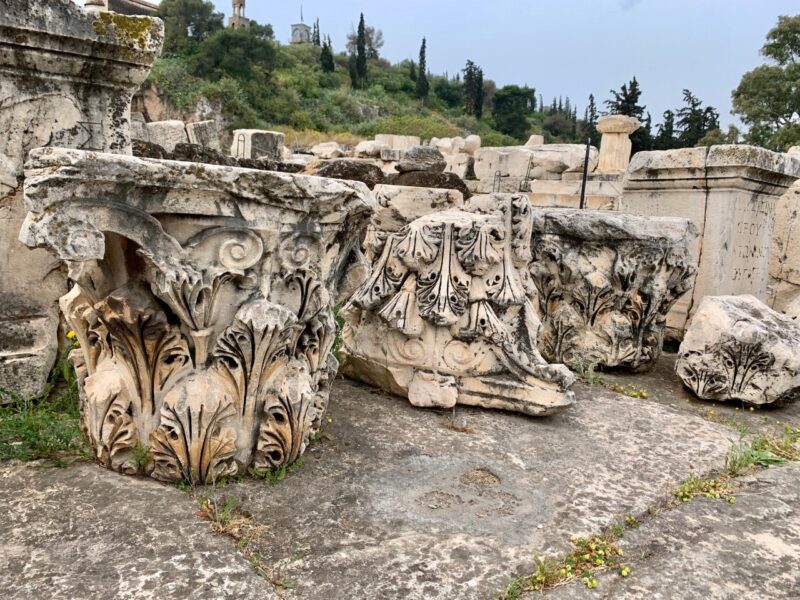
The archaeological site of Eleusis
At first glance, the setting is somewhat disappointing. The archaeological site of Elefsina lies in the middle of the city. It’s surrounded by small, modern buildings and you can see the refineries all around. You can also hear the noise of the road and the surrounding horns. This is a far cry from the rural charm of certain archaeological sites around Athens, such as Rhamnous, Vravrona or the Amphiaraion of Oropos.
The interest of the Eleusis site lies in the fact that it was an important religious site in Antiquity (from the 8th century BC to the 2nd century AD). The site itself is rather large. In ancient times, the sanctuary could accommodate several thousand people.
Numerous remains can be seen scattered around the site: temples, columns, a sacred house, a gymnasium, a surrounding wall, cisterns, wells, propylaea… For the most part, only a few stones remain, so it takes some imagination to visualize what the site might have looked like in ancient times. Signs at several points around the site, in Greek and English, explain the monuments.
Don’t miss: the Ploutonéion. It is said that it was in this cave that Persephone returned every year from the Underworld.
The Elefsina Museum
Located inside the archaeological site, the Eleusis Museum is an interesting place to visit. We recommend that you start your visit at the museum. This will give you a better understanding of the archaeological site.
It comprises five rooms where you can admire statues, pottery, amphorae, sarcophagi and models of the site.
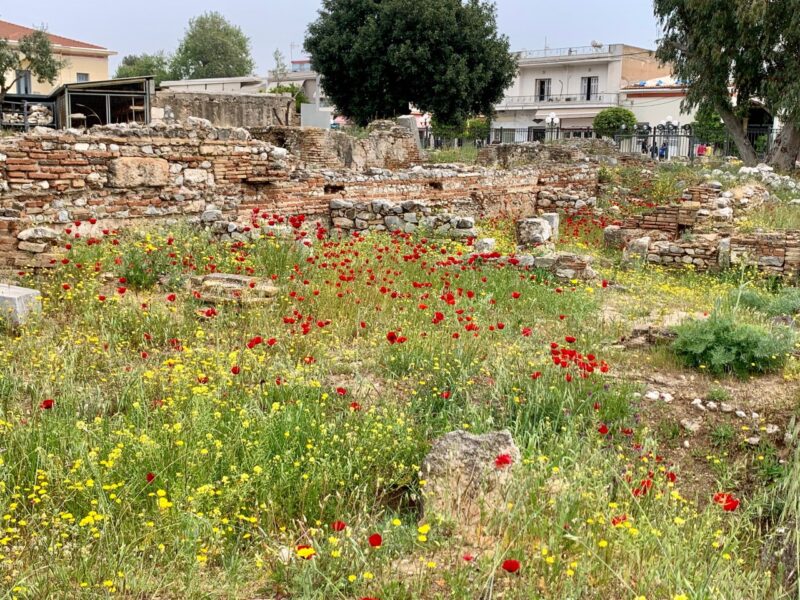
Practical info
- Elevsis archaeological site: Google Maps
- Price : Full €6, reduced €3
- Opening hours: 8:30 a.m.-3:30 p.m. (winter) closed Mondays
- Check for changing information before visiting the Official Website
To extend your day after visiting the archaeological site of Elefsina (Eleusis)
After visiting the site, you can walk to the small port of Eleusis. But this one isn’t of much interest. You can see boats, many of them rusty or seemingly abandoned.
There’s also a beach. The water is certainly transparent. But the proximity of the boats and the view of the refineries in the bay don’t make you want to swim.
If you happen to be there at lunchtime, we recommend buying a takeaway gyros at the Avli restaurant (Αυλή). Then nibble it right across the street, sitting on the rocks facing the sea.
Laure M.
